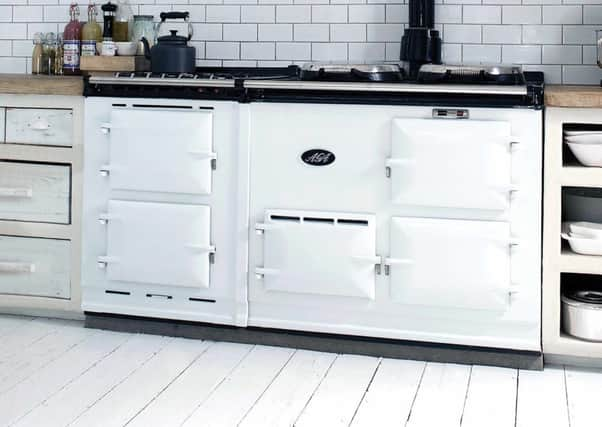Forecast for new homes design is “healthy”


Developers can be a reactionary bunch, scared to initiate change and put profit at risk when traditional homes still sell very well.
Yet, according to the latest Housing Futures report by Strutt and Parker, they may soon be forced to adapt to the needs of a new breed of buyer.
Advertisement
Hide AdAdvertisement
Hide AdStephanie McMahon, Head of Research at the property agency, says: “Three centuries ago unprecedented economic and social change, driven by technological advances, transformed the UK from a rural society into one of the world’s first modern industrial countries. We think that that once again we are in the midst of a demographic and technological revolution, and that the belief that our housing industry will remain as it has for the past 30 years is unwise.”
Her reports reveals a series of creeping trends, including a rise in single and multi-generational households, an increase in long-term renters and demand for an alternative to traditional “grey ghetto” retirement property.
In 1971, owner occupation outweighed renting for the first time in the past century. Since then, owning a home has been viewed as an investment. However, in the decade up to 2011, the proportion of UK households that were renting grew for the first time since records began.
Living like “The Waltons” is also on the increase. Strutt and Parker say that 15 per cent of those who intend to move in the next five years want a home that can accommodate grandparents, parents and children all under one roof. This is compared with ten per cent in last year’s survey.
Advertisement
Hide AdAdvertisement
Hide Ad“This inevitably means that in the future, the homes we plan, design, build and live in must be different,” says Stephanie.
She predicts that Britain will see more “micro mansions” in sought-after city locations. Aimed at those who prize location over space, they are already becoming popular in America and Japan. These tiny crash pads are 100-250 sq ft, compared with the average two-bedroom flat with 750 sq ft. They will attract those requiring short-term space and those who work in multiple locations and simply need a place to sleep.
Living like “The Waltons” will require bigger properties, designed so families can live “together apart”. Yo-yo houses with flexible spaces may be the solution. They would have moveable walls and a garage that could easily convert to an annexe.
The Housing Futures report also proposes “Platinum Places” for older buyers. Rather than age restricted developments, these would be mixed communities with gyms and swimming pools on site and easy access to amenities.
Advertisement
Hide AdAdvertisement
Hide AdDevelopers are being encouraged to think about creating HEAL - Healthy Eating Active Living - homes that tackle sick building, reduce noise pollution and bring the benefits of nature through natural light and green spaces. HEAL’s must also have a fruit and vegetable garden.
Yorkshire people are most likely to want a HEAL house, according to the report. When asked what would be top of their interior wish list, they said: a wet room, a kitchen island and an Aga. Outdoors, they want a walled garden, swimming pool and veg. patch. They also want to be close to public transport and within walking distance of a shop.
The survey of wants and needs also shows that, although we may be forced to live in towns and cities to save on travel time and fuel, our hearts lie firmly in the country. A rural setting is the preferred location for most people who intend to move within the next five years. Their dream home is a detached farmhouse or cottage with three bedrooms or more, and with an outstanding view of the countryside. Also in the property wish list top ten are good broadband connectivity and high levels of insulation.
Despite the trend for contemporary décor, most survey respondents wanted a “traditional British interior with a cosy ambience”.
Advertisement
Hide AdAdvertisement
Hide AdStephanie McMahon says: “The quintessential British farmhouse surrounded by quiet countryside clearly remains as an enduring ideal for many. The ideal location appears to be in a village with a shop, pub, school and good transport links.”